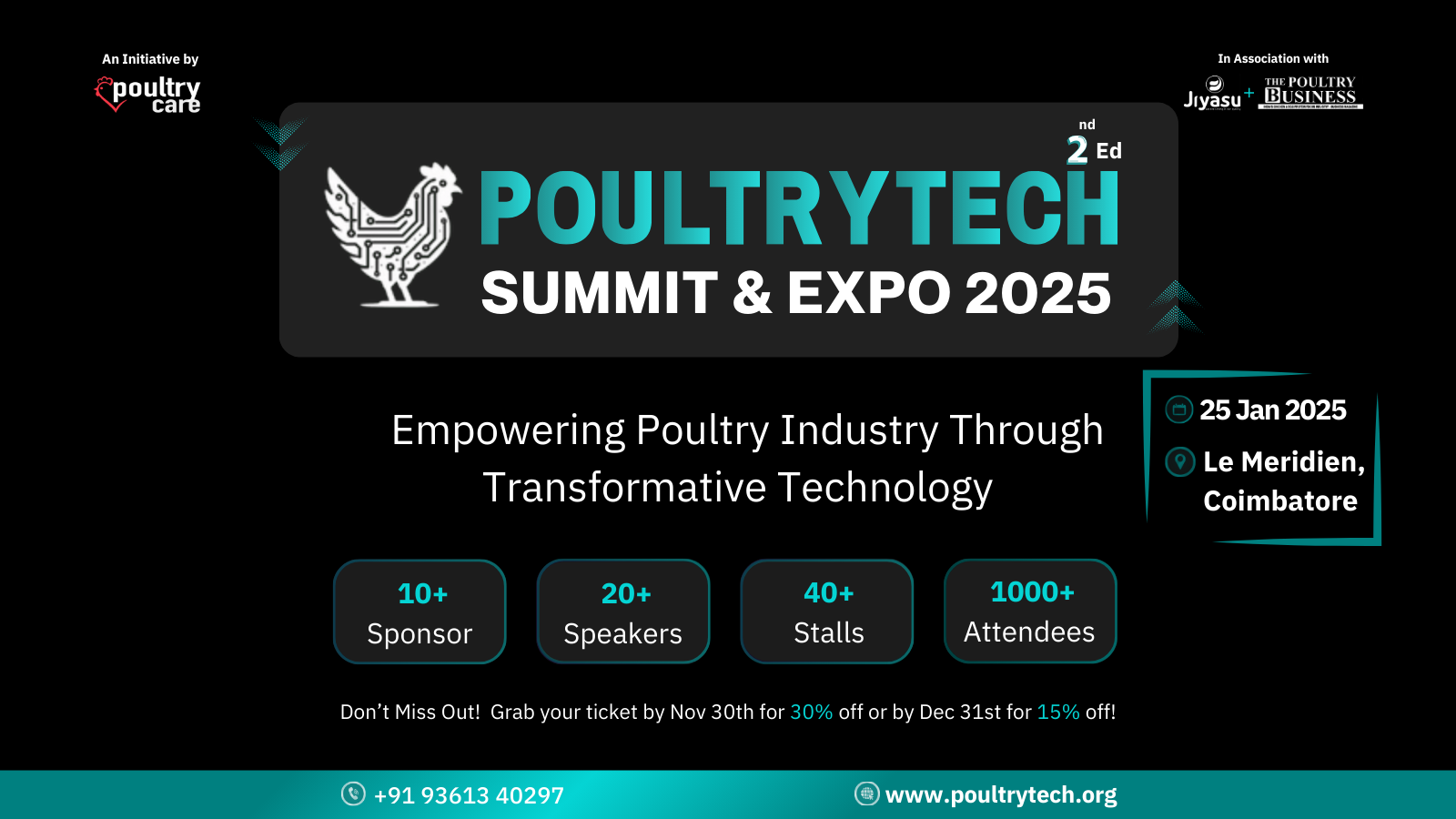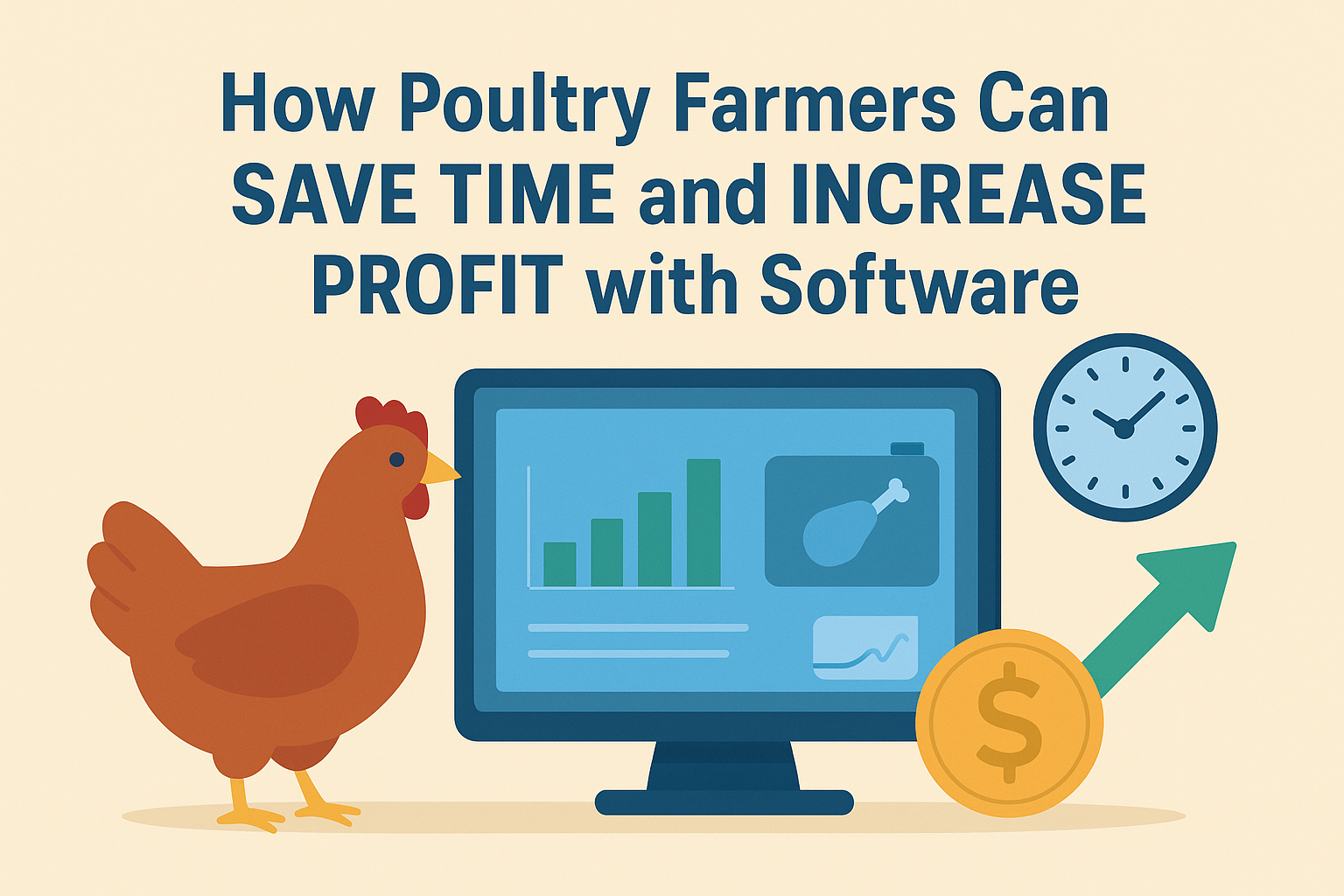The world of layer farming is on the brink of a transformation, thanks to the integration of artificial intelligence (AI). As poultry farmers seek to maximize efficiency and productivity, AI-optimized solutions are becoming the cornerstone of modern layer farming. In this blog, we'll delve into the dynamic landscape of AI-optimized layer farm efficiency and discover how it's reshaping the future of poultry farming.
The Quest for Efficiency in Layer Farming
Efficiency is the heart of successful layer farming. From optimizing feed and resource utilization to enhancing egg quality, efficiency plays a pivotal role in this industry. Poultry farmers are constantly seeking ways to improve processes, reduce costs, and, ultimately, boost profitability.
The Challenges of Layer Farming Efficiency
Efficiency in layer farming is not without its challenges:
-
Feed Management: Balancing the right nutrition for layers while minimizing waste is a constant challenge.
-
Egg Collection: Efficient egg collection is vital for reducing labor costs and ensuring the welfare of the birds.
-
Environmental Control: Maintaining optimal environmental conditions for layers is crucial for productivity.
-
Disease Management: Early detection and intervention are essential to minimize losses due to diseases.
AI in Layer Farm Efficiency
AI is a game-changer in the pursuit of layer farm efficiency. It offers innovative solutions to the challenges faced by poultry farmers:
1. Precision Feeding
AI systems analyze data on bird behavior, health, and nutrition to optimize feed dispensing. This reduces waste and ensures that layers receive the right nutrition.
2. Egg Collection Automation
AI-driven robots handle egg collection with precision, minimizing stress to the birds and improving egg quality.
3. Environmental Control
AI constantly monitors environmental conditions and adjusts factors like temperature, humidity, and ventilation to ensure a stress-free environment for the layers.
4. Disease Detection
AI can analyze data to detect early signs of diseases among the layers, enabling swift intervention.
5. Data-Driven Insights
One of the most powerful aspects of AI is its ability to collect and analyze vast amounts of data, providing valuable insights for farm management.
AI-Optimized Solutions
Let's explore some of the specific AI-optimized solutions that are transforming layer farming:
1. Smart Feeders
AI-powered feeders adjust the feeding schedule and quantity based on real-time data, ensuring that layers receive the right nutrition at the right time.
2. Automated Egg Collection
Egg collection robots use AI to identify and gently collect eggs, reducing stress on the layers and ensuring egg quality.
3. Environmental Sensors
AI-driven sensors constantly monitor temperature, humidity, and ventilation and make real-time adjustments for optimal conditions.
4. Disease Prediction
AI algorithms can predict disease outbreaks based on bird behavior and health data, allowing for proactive disease management.
5. Data Management Platforms
AI data management platforms collect and analyze data from various sensors and systems, providing valuable insights for decision-making.
Benefits of AI-Optimized Layer Farm Efficiency
The integration of AI into layer farming offers a multitude of benefits:
1. Reduced Waste
AI-optimized feeding reduces feed wastage, resulting in cost savings.
2. Enhanced Egg Quality
Stress-free layers produce better-quality eggs, which can command higher prices in the market.
3. Labor Cost Reduction
Automated processes, including egg collection and environmental control, reduce the need for manual labor.
Improved Bird Welfare
AI ensures that layers enjoy a comfortable and stress-free environment.
Data-Driven Decision-Making
The insights derived from AI data analysis enable poultry farmers to make informed decisions that optimize their operations.
The Future of Layer Farming
The future of layer farming is intrinsically tied to AI-optimized efficiency. As technology continues to evolve, we can anticipate even more advanced solutions and greater levels of automation. The industry is poised for a future where layer farming is not only efficient but also sustainable and environmentally conscious.
Conclusion
In conclusion, AI is propelling layer farming into a new era of efficiency and sustainability. Poultry farmers who embrace AI-optimized solutions are well-positioned to thrive in a highly competitive industry. The journey to the future of layer farming is an exciting one, and AI is the compass guiding the way.





